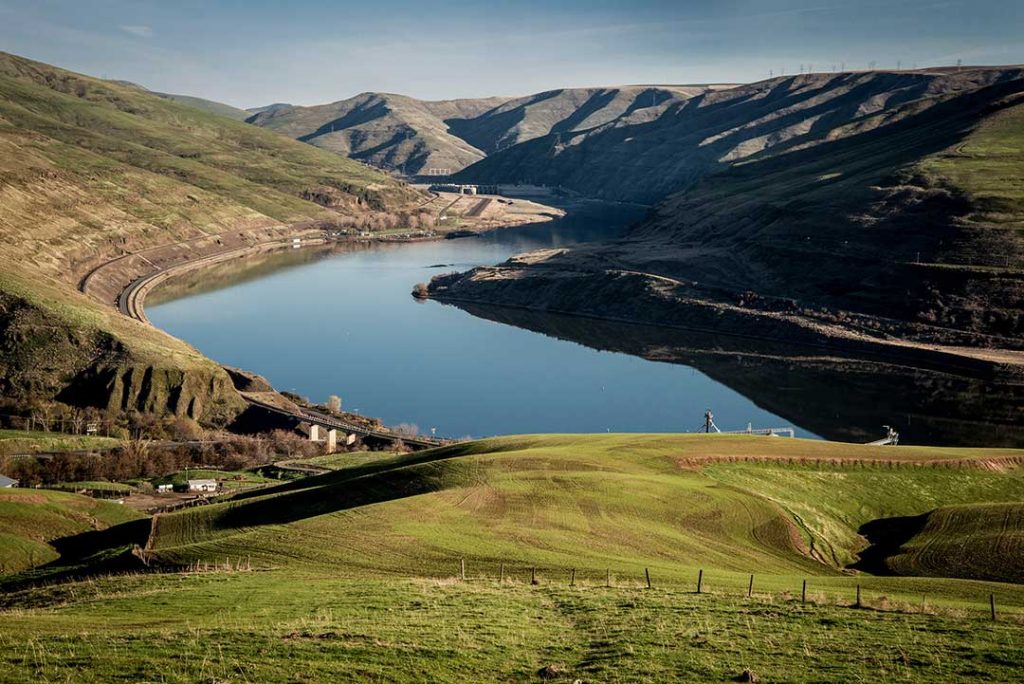
Photo Credit: Josh Duplechian / Trout Unlimited
By David Kinney / TU
In an open letter to the governors of Washington, Oregon, Idaho, and Montana, published recently, a group of scientists with several hundred years of collective experience in fisheries conservation wrote that research overwhelmingly shows that Snake River wild salmon and steelhead populations cannot be recovered without the removal of four dams on the lower river.
“We are at a pivotal moment for wild Snake River salmon and steelhead,” the scientists said in their letter. “These fish, of tremendous ecological importance and value to tribal and non-tribal communities from Idaho to Alaska, are on a trajectory toward extinction. As scientists who have collectively studied and worked on the conservation and recovery of salmon and steelhead across the Pacific coast for decades, we write to express our professional opinion that abundant, healthy and harvestable wild Snake River salmon and steelhead cannot be restored and sustained with the four lower Snake River dams in place.”
The authors include: Jack Williams, emeritus senior scientist at Trout Unlimited; David Montgomery of the University of Washington, author of The King of Fish: The Thousand-Year Run of Salmon; James Lichatowich, noted salmon fisheries biologist and author of Salmon Without Rivers; Don Chapman, retired state and federal agency biologist; Richard Williams of the College of Idaho; Bruce Rieman and Peter Bisson, retired U.S. Forest Service scientists; Charles Petrosky, retired Idaho Department of Fish and Game biologist; and Howard Schaller, retired project leader for the Columbia River Fish and Wildlife Conservation Office at the U.S. Fish & Wildlife Service.
“It has been suggested that ocean conditions are driving the decline in salmon and steelhead returns, but the fact is, these populations have survived through good ocean cycles and bad,” said Helen Neville, senior scientist at Trout Unlimited. “What these fish need to thrive is safe passage to abundant, healthy, and diverse habitat. The science clearly demonstrates that removing the lower Snake River dams will vastly increase the number of salmon and steelhead returning to the Snake River basin, which contains fully half the coldwater habitat available to salmon and steelhead across their entire native range in the continental United States.”
“When it comes to the Snake River salmon and steelhead, we need a new approach. We should listen to scientists like these, who have done decades of peer-reviewed research on salmon conservation,” said Chris Wood, president and CEO of Trout Unlimited. “Only bold steps—the removal of the four lower Snake River dams among them—will bring these endangered populations back from the brink. We urge the four Columbia Basin state governors and the Northwest Congressional delegation to support a comprehensive recovery plan that includes a free-flowing lower Snake.”



